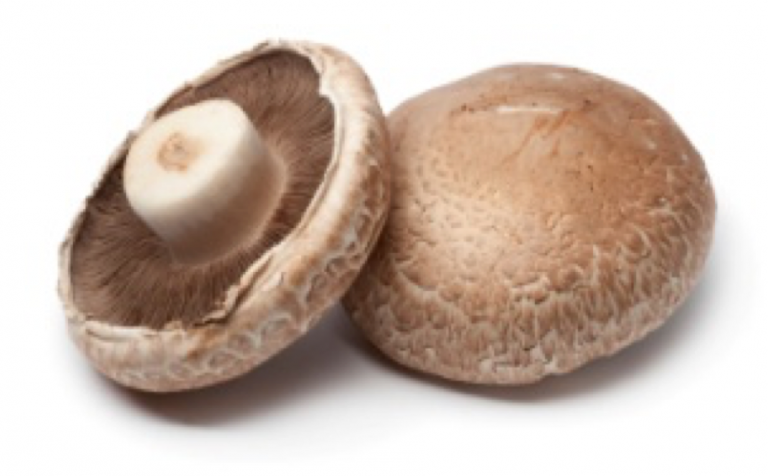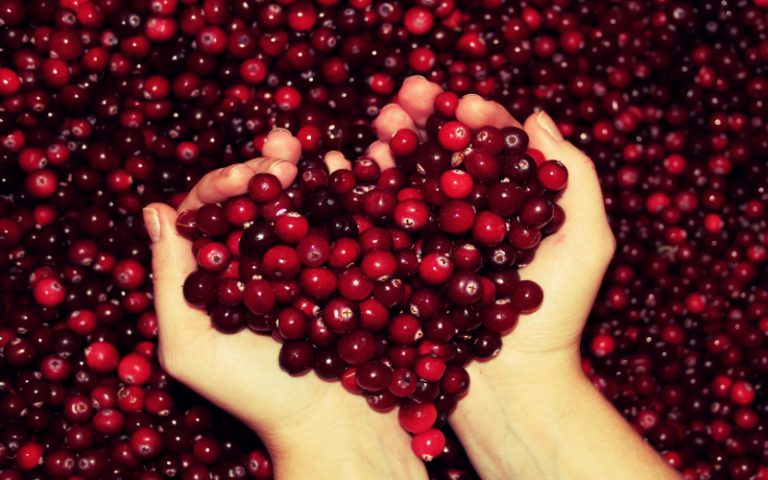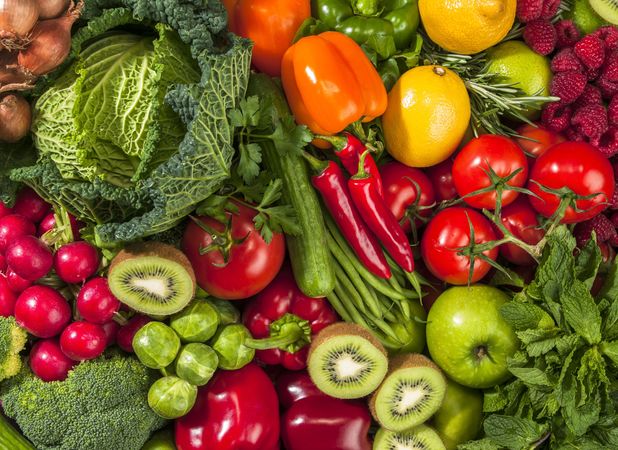When I started looking at the science of food against cancer, one of the things that really caught my attention was the chemistry of broccoli. You might have thought broccoli was boring – but not anymore!
Broccoli fights cancer
Broccoli and other crucifer vegetables are able to prevent cancer cells from dividing, invading tissues, or gaining new blood vessels for continued growth (angiogenesis). One of the key nutrients in all this is sulforaphane (SF). However sulforaphane does nothing unless it is activated. This requires an enzyme called myrosinase. This enzyme results in the production of sulforaphane from another chemical called glucoraphain. The wonderful thing is that myrosinase is actually contained within the broccoli itself – how convenient!
The myrosinase is only released when the plant cell wall is crushed, so chew it well. In fact, any plant foods should be chewed well because the cell walls are made of cellulose which we cannot digest. None of the valuable nutrients will be released for digestion unless the cell wall is broken down (by chewing).
The plant in nature requires the protective effects of sulforaphane when it is damaged, such as when the cell wall is crushed or broken down. The same properties which protect the plant also benefit us when we eat it.
Preparing broccoli
Cooking destroys the critical myrosinase enzyme. Therefore, broccoli should only be lightly steamed. Three to four minutes of steaming may be even better than raw, because it blocks a protein in raw broccoli that interferes with the sulphur on the SF. Steaming for up to 20 minutes does not lower the levels significantly. However, boiling for just 5 minutes reduces the activated nutrient by 30%, and 10 minutes loses 50%. If you tend to overcook it, have some other raw crucifers as well to provide the myrosinase e.g. mustard, wasabi, horseradish. Stir-frying is okay but should be brief (less than 5 minutes).
How much broccoli?
Effective levels of sulforaphane are easily measured in the blood, urine and body organs after eating broccoli. Blood levels are seen very quickly, and significant amounts are in breast tissue within one hour. This means that it is not a case of requiring megadoses to produce a result in the lab and then finding you could not possibly eat that much.
To reduce prostate cancer risk, three or more servings per week is effective. For other cancers, five servings or more per week may be required, although even one serving per week is worthwhile. A serving means half a cup, 125g, or four florets.
December 2014, Dr David S Wilkinson





